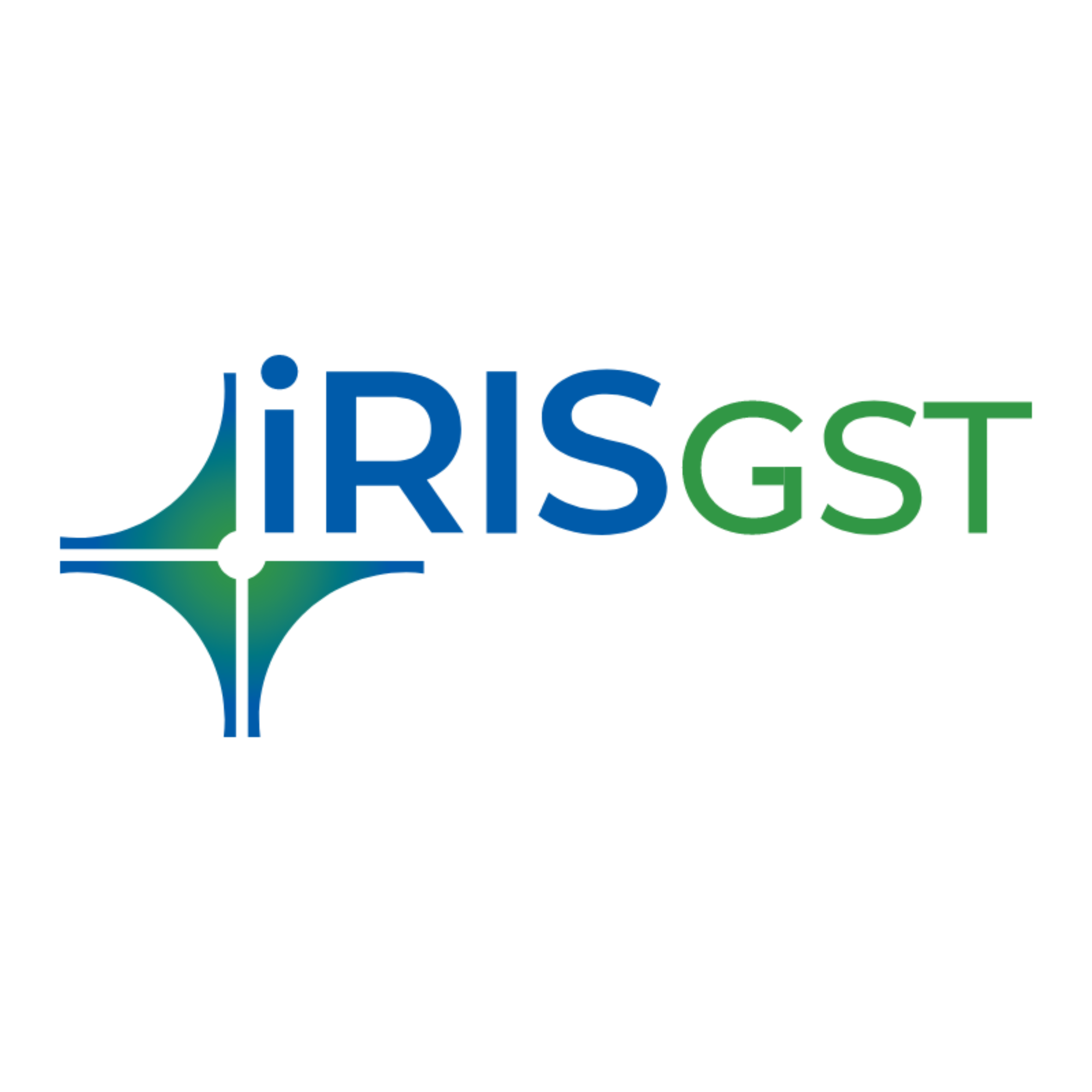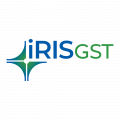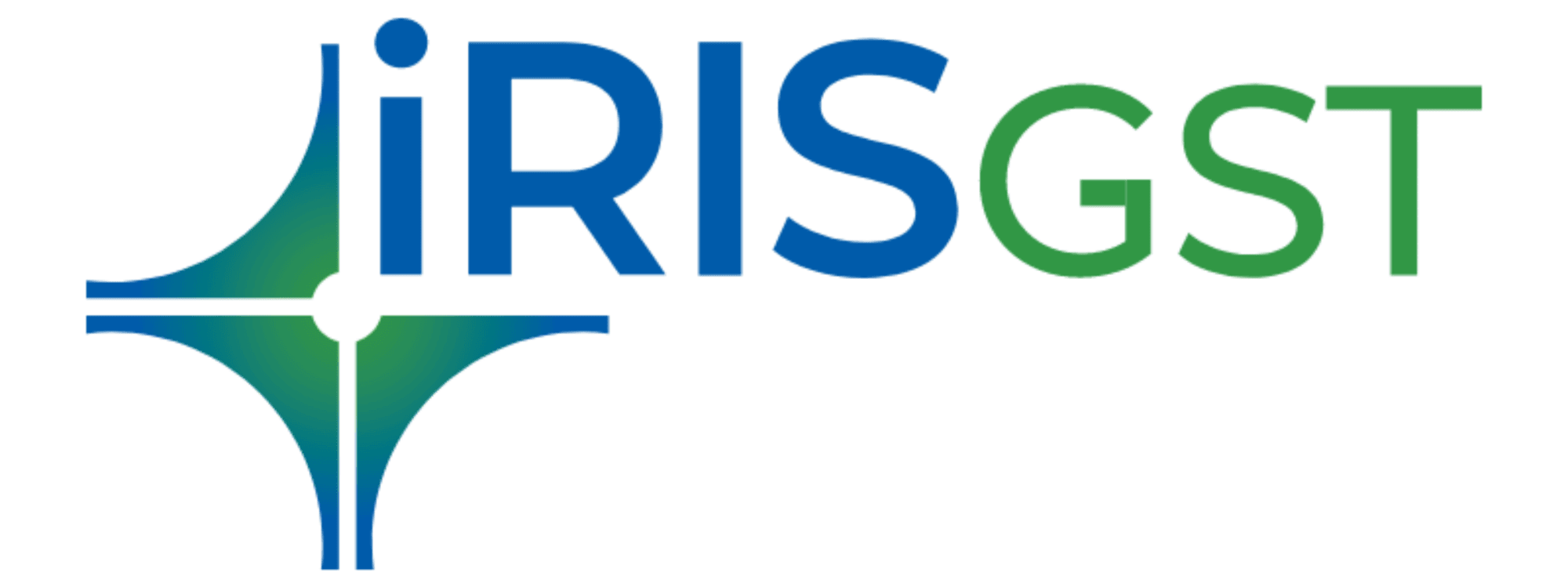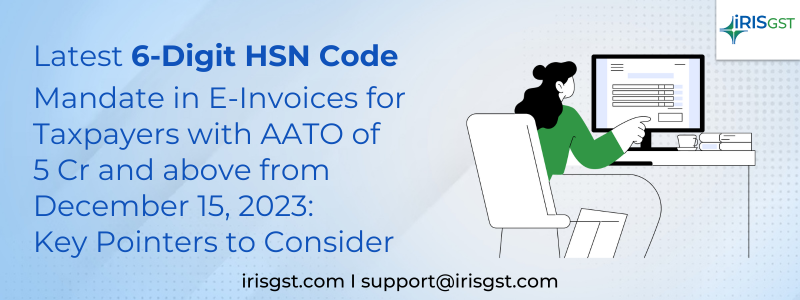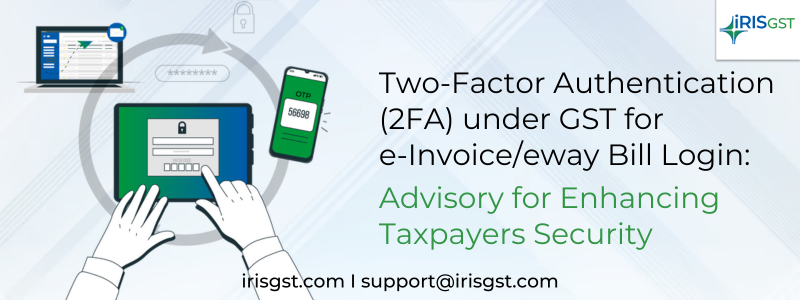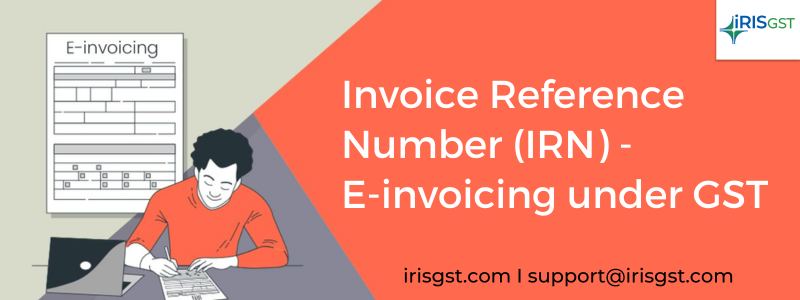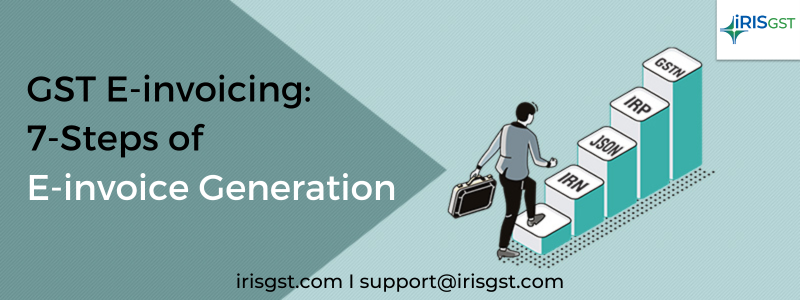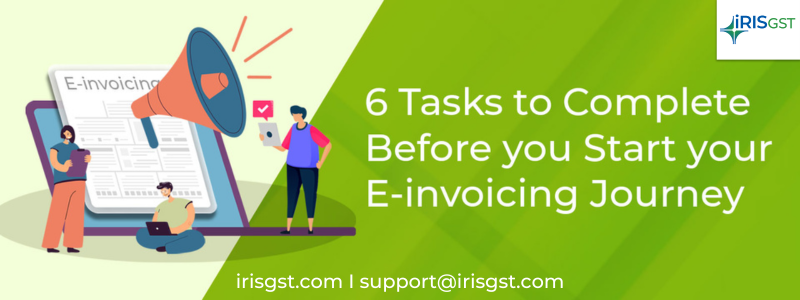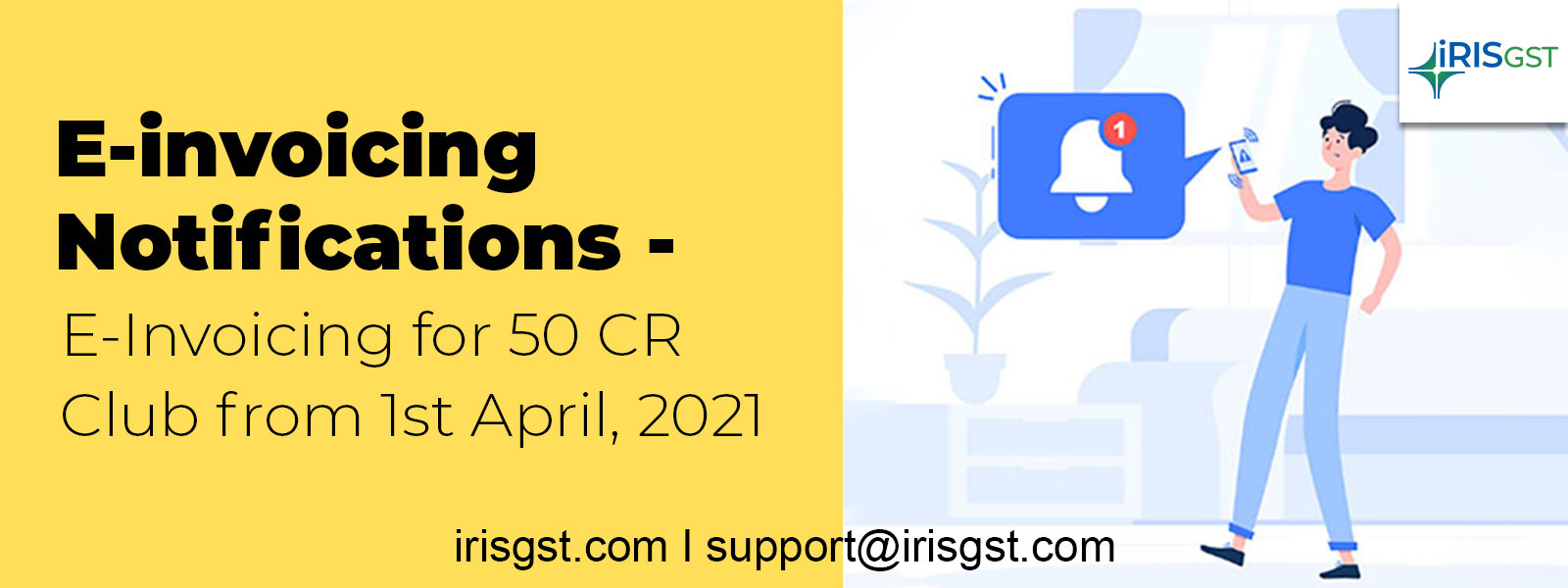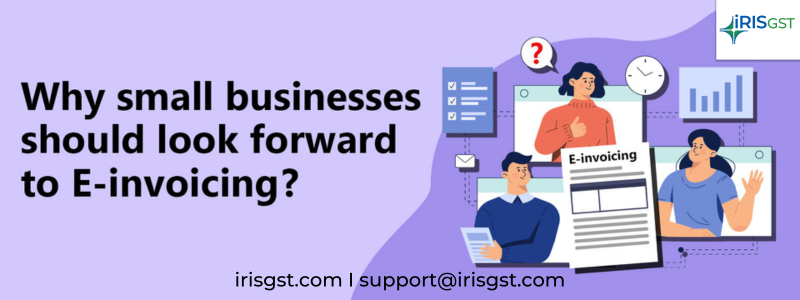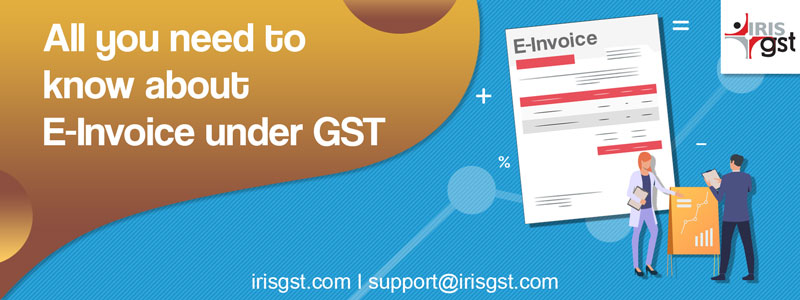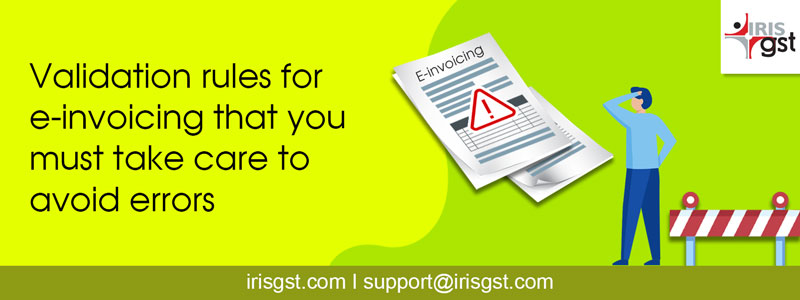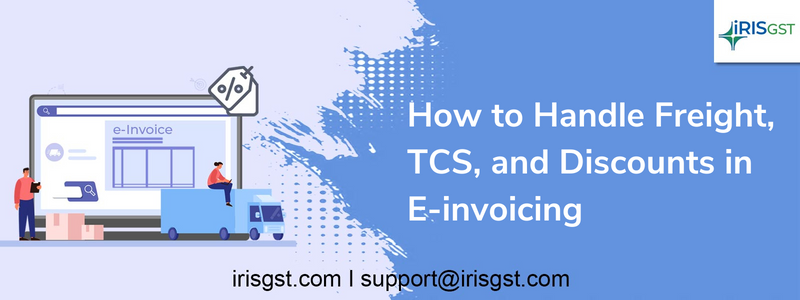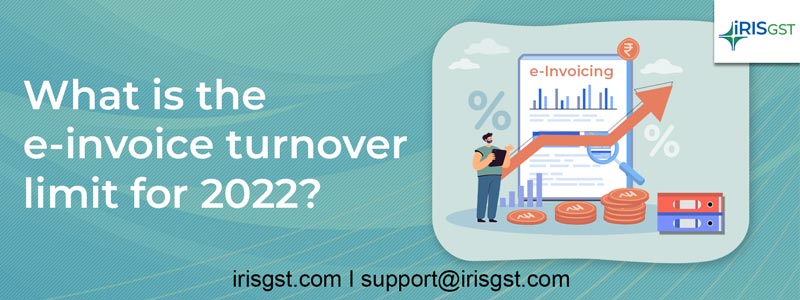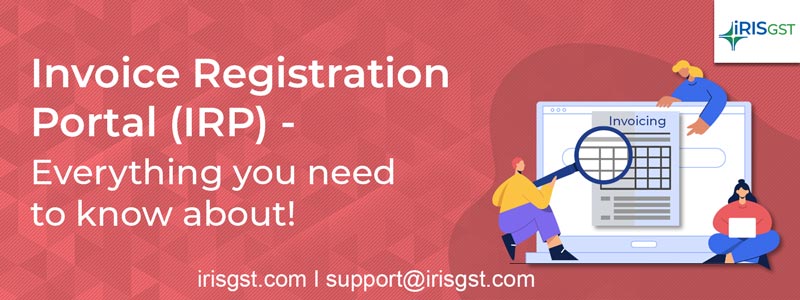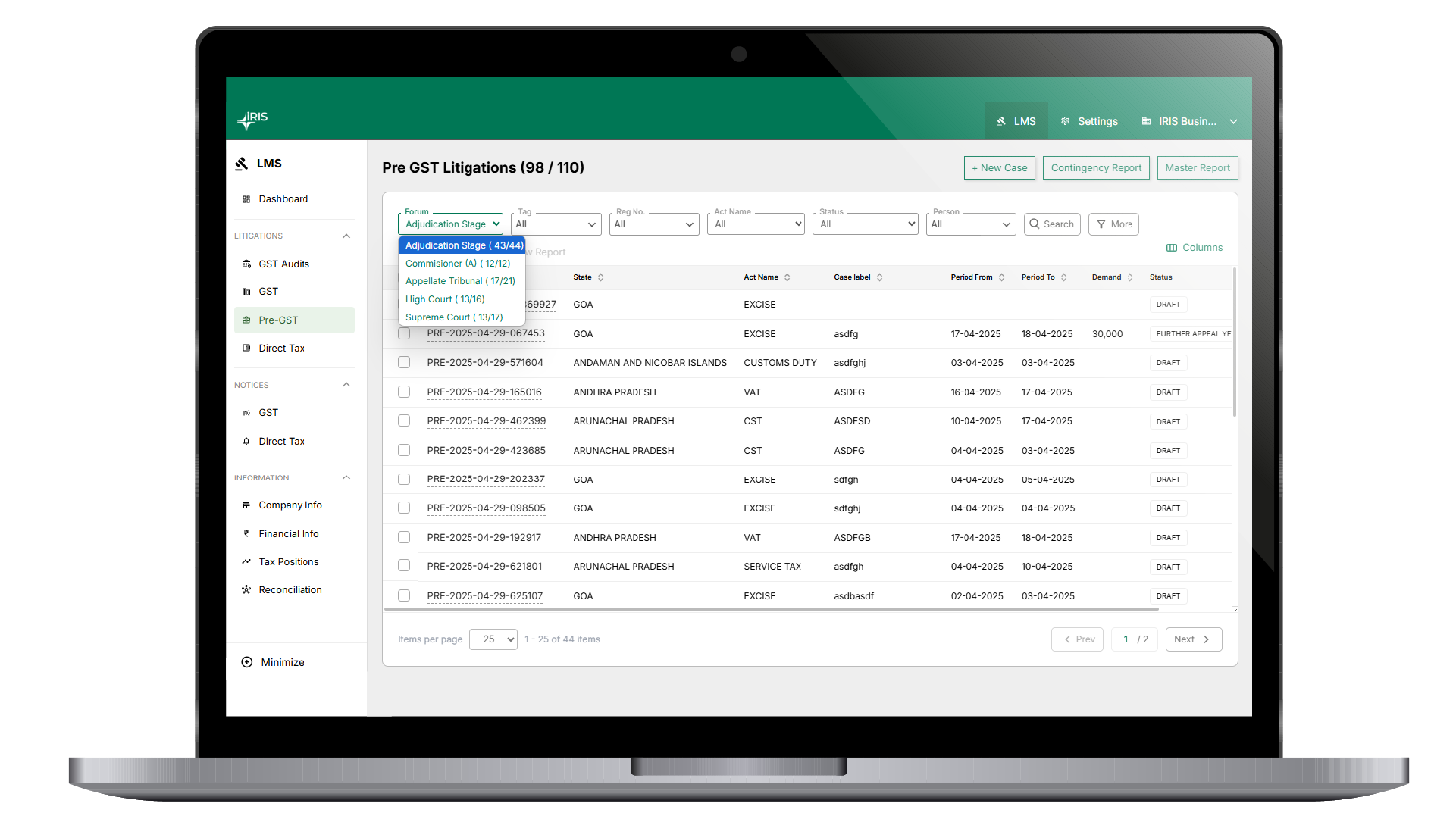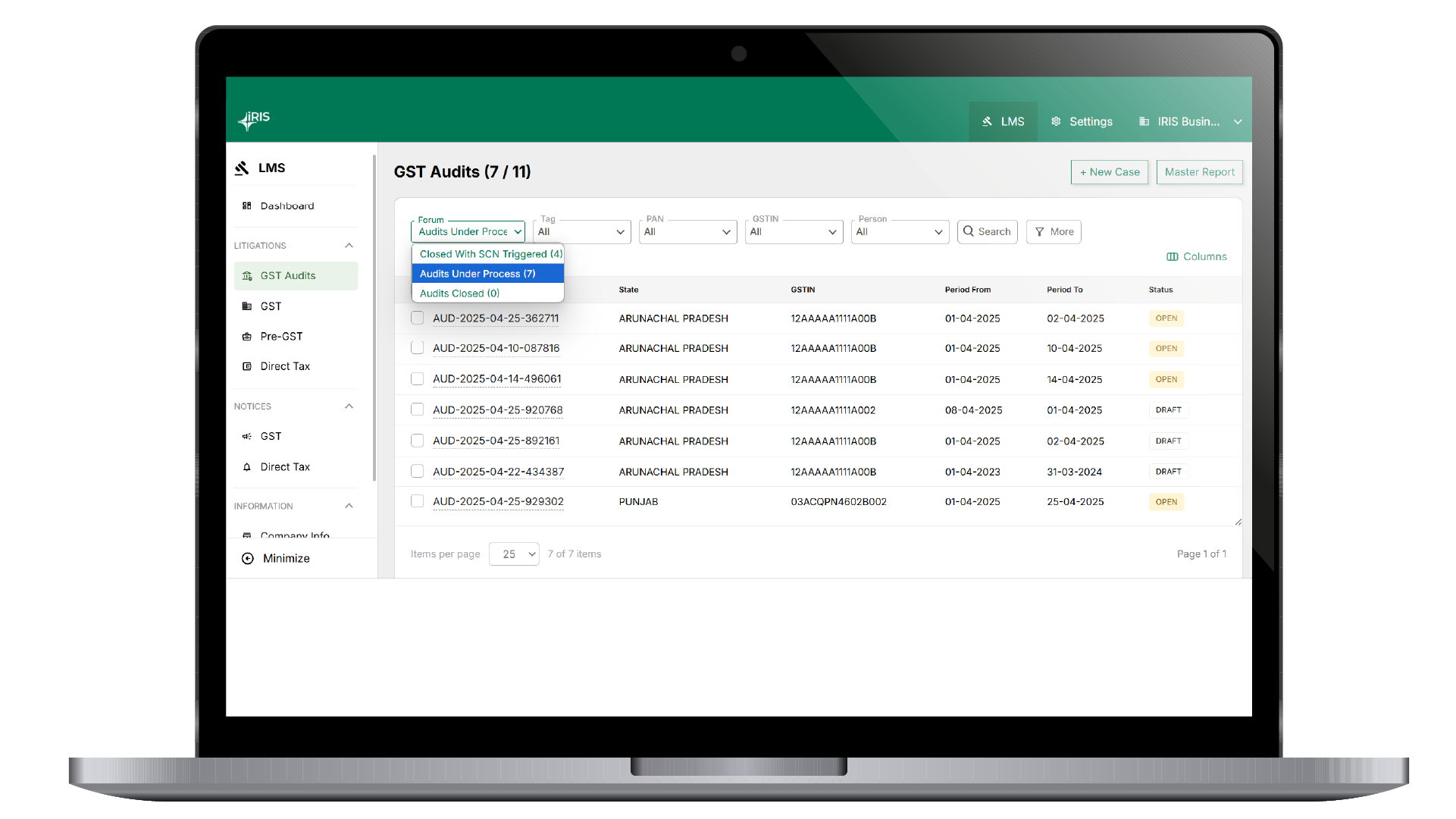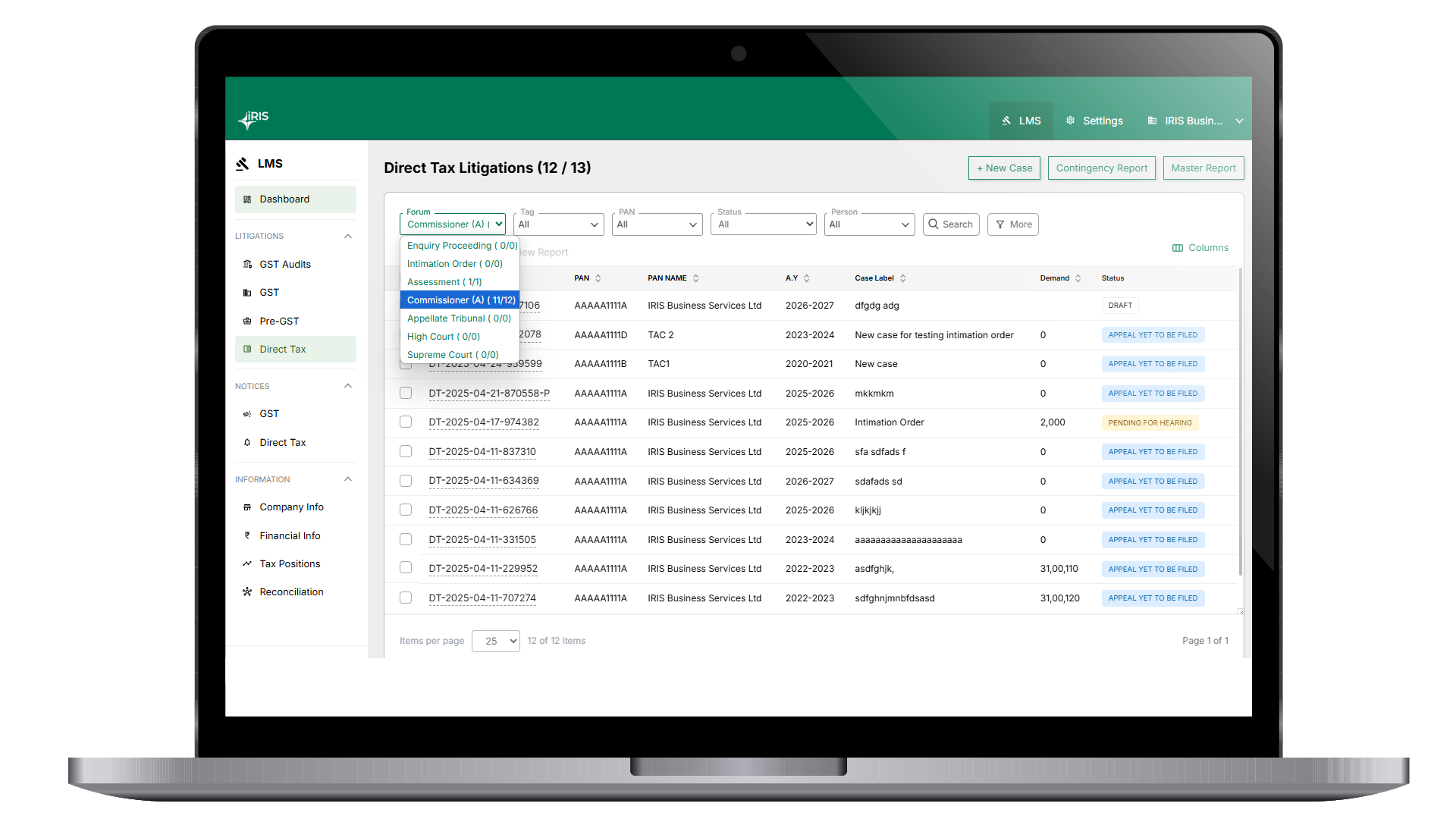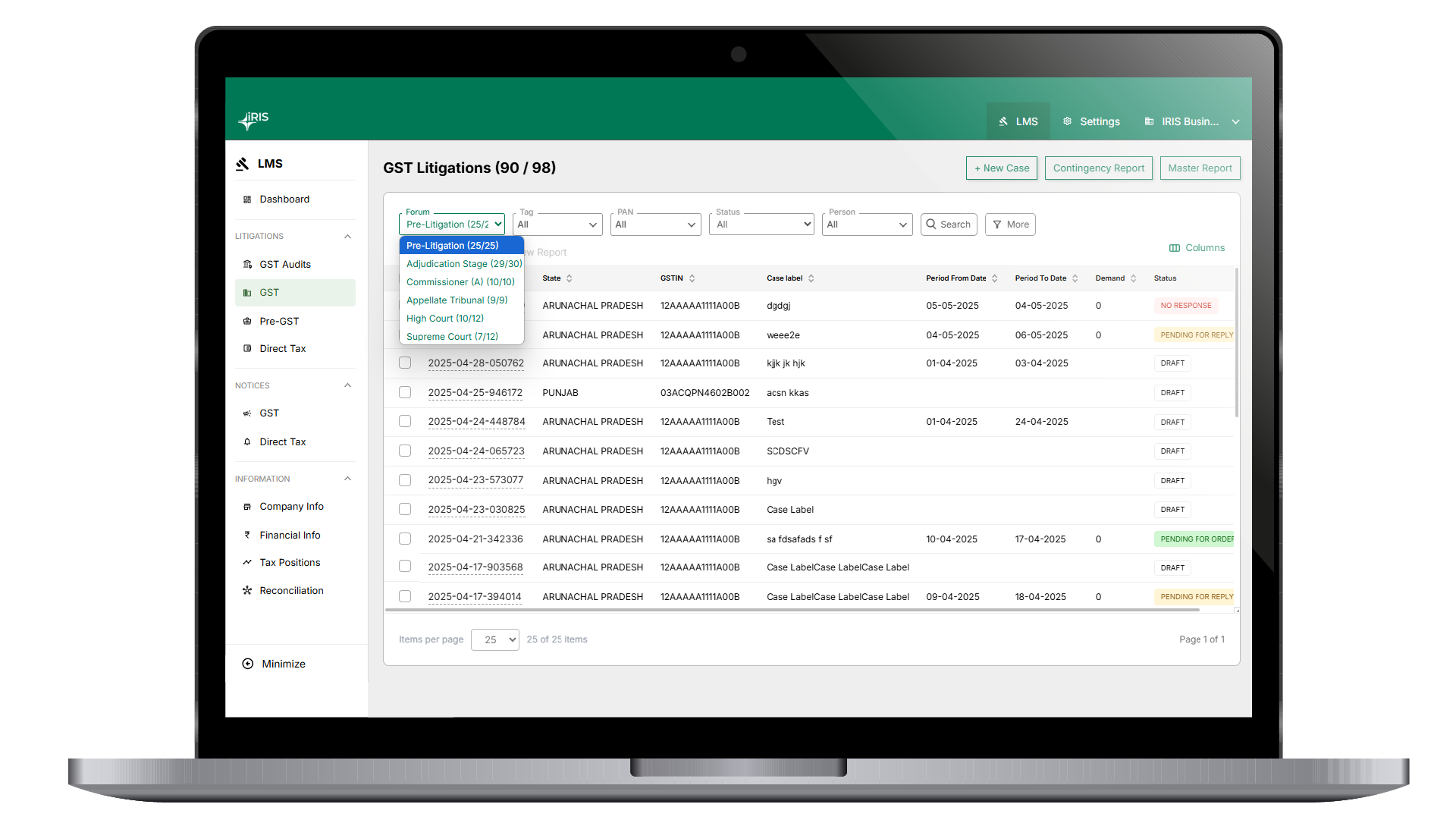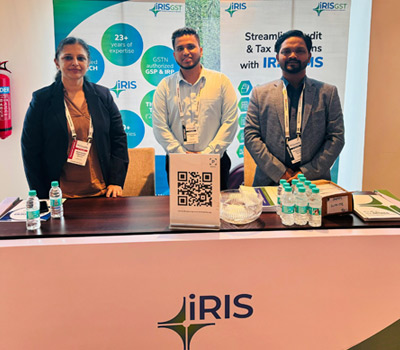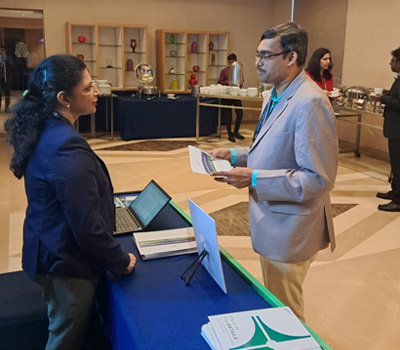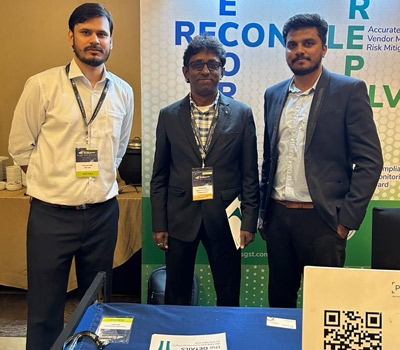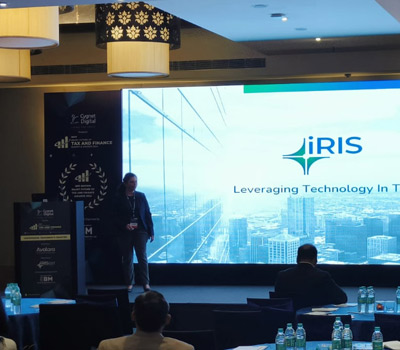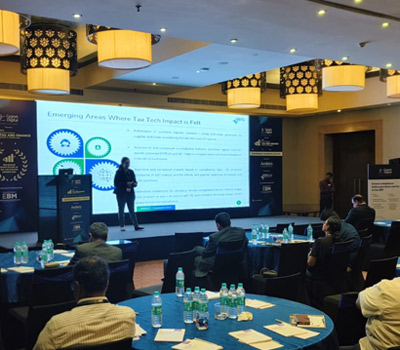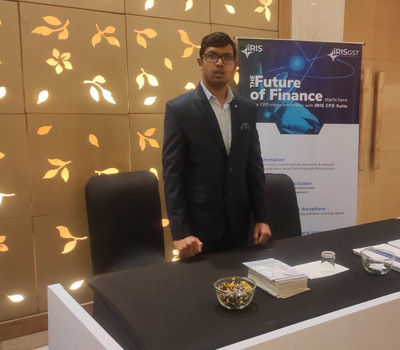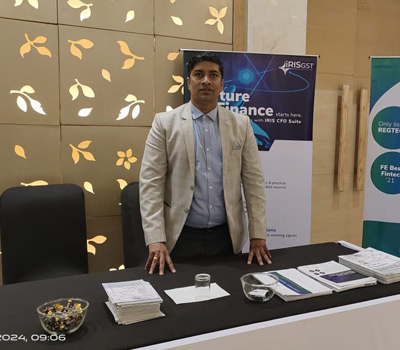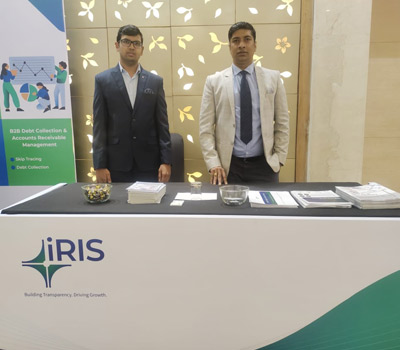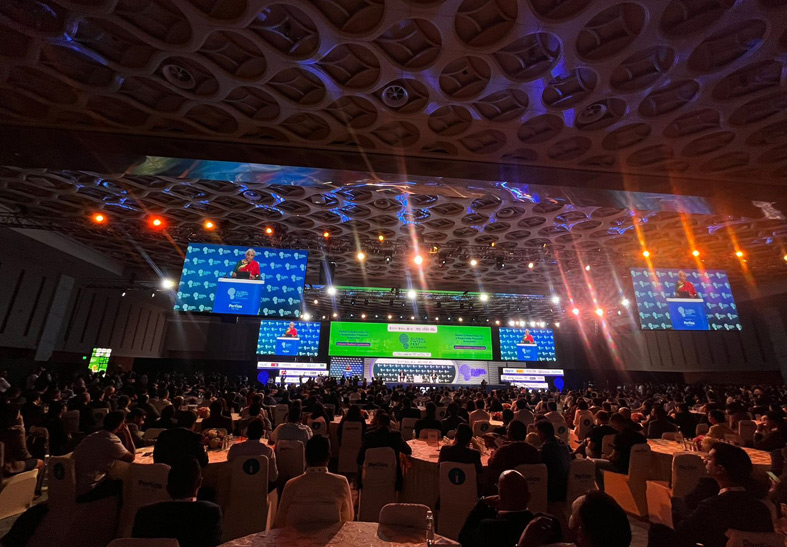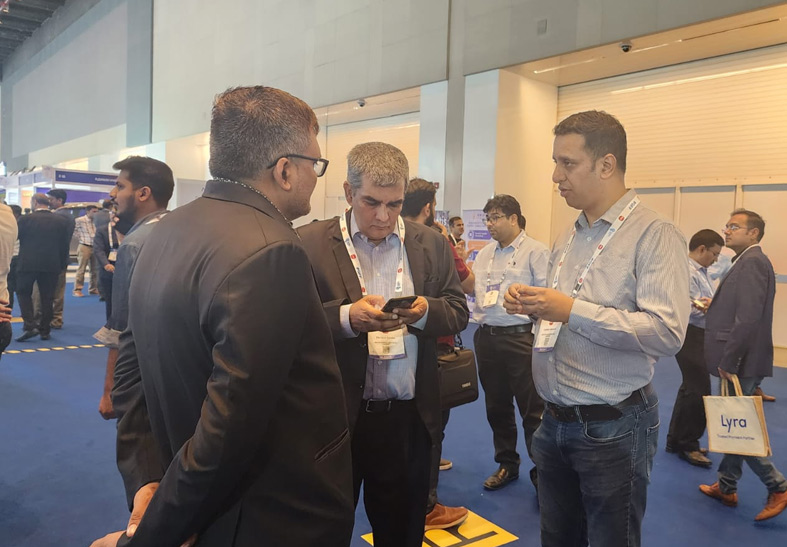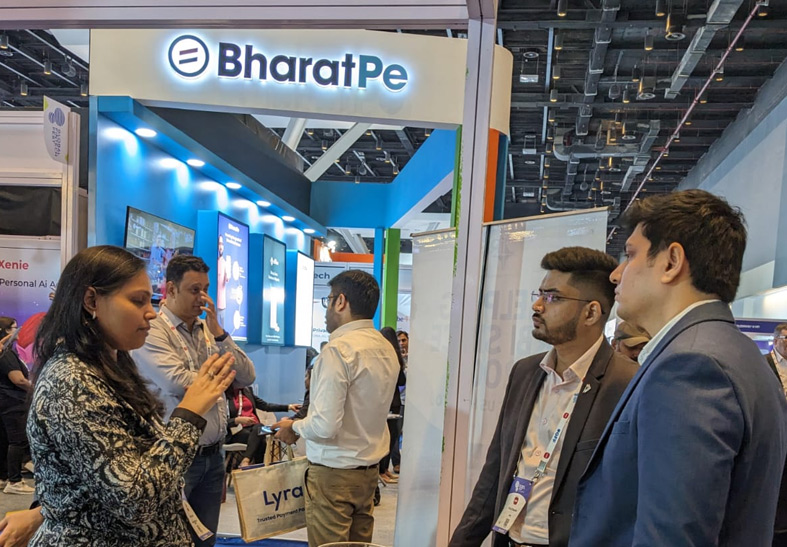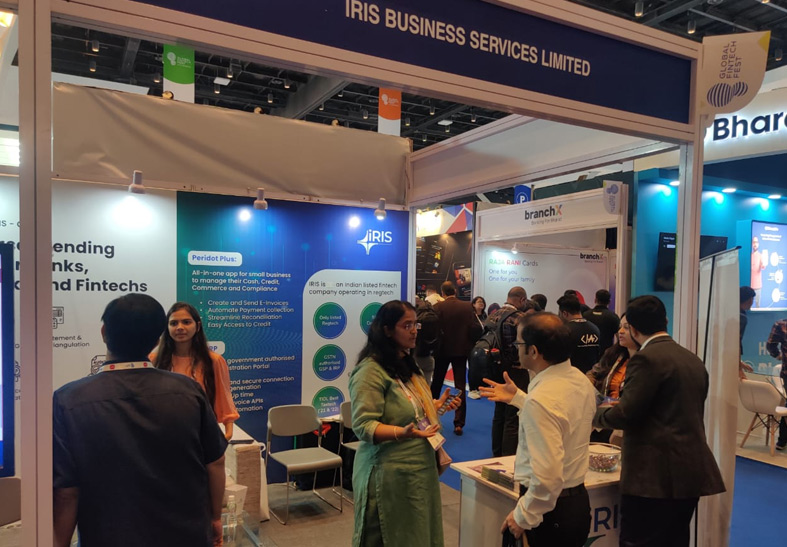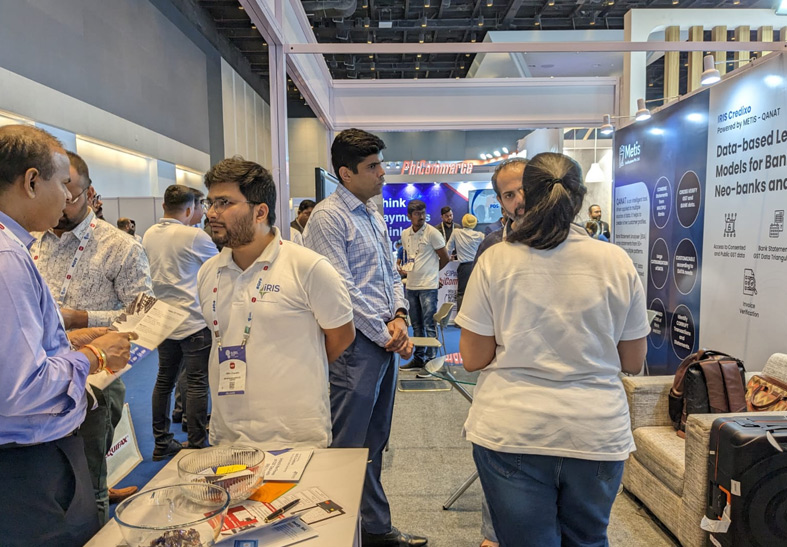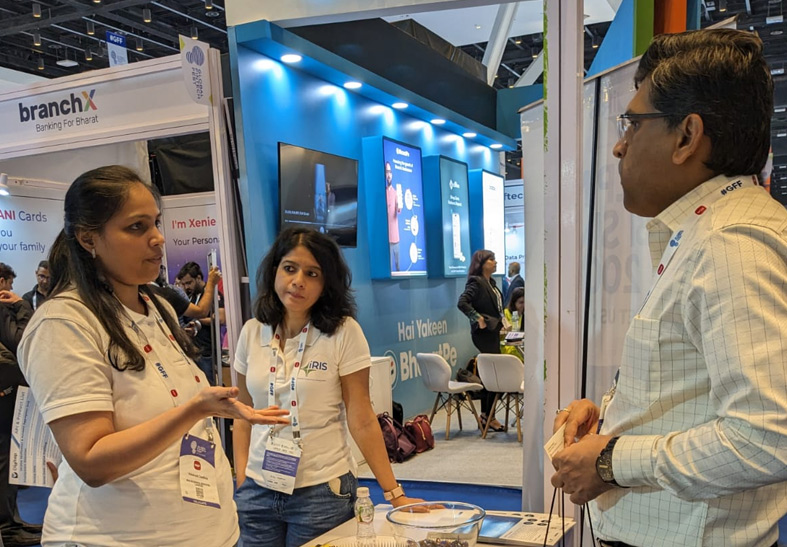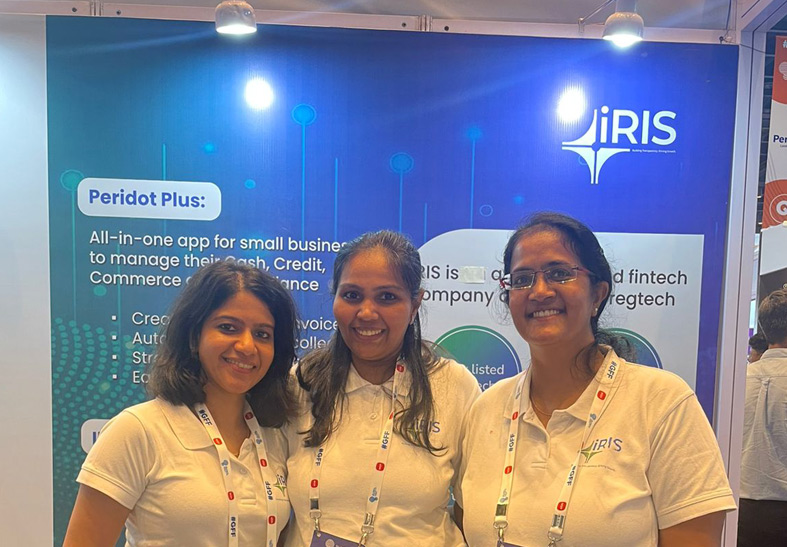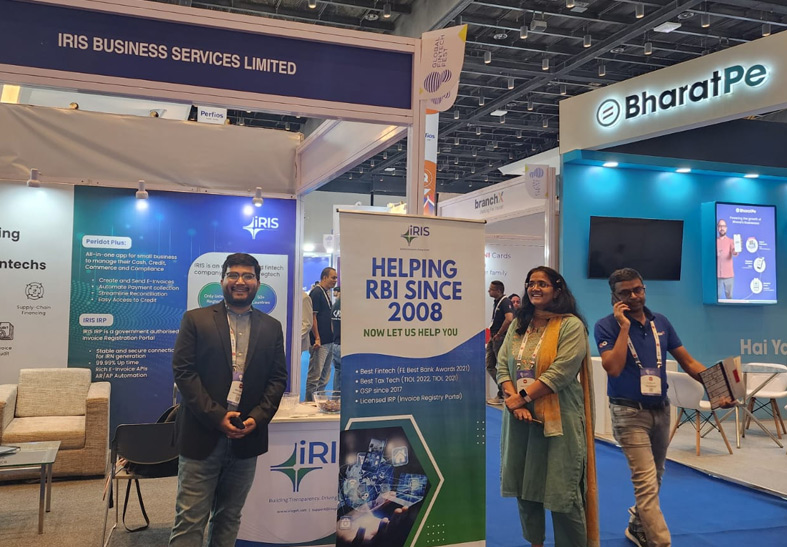A minimum 6-digit HSN code is compulsory for taxpayers with an AATO of Rs. 5 crores and above from December 15, 2023
Two-Factor Authentication (2FA) mechanism is soon going to be a part of the login to GST Portal to enhance security.
Invoice Reference Number or IRN as it is usually called is a registration number provided by the government under the e-invoicing mandate to prove the authenticity of any B2B invoice generated by the businesses.
Clearing the fog about a major misconception surrounding the E-invoice generation, it is not mandatory for a taxpayer to generate E-invoice through the government’s tax portal.
To start generating e-invoices, there are certain preparatory activities. Organizations can get started with these in parallel to getting their internal system and processes ready for e-invoices. In this article, we share all the important tasks that one needs to undertake before starting their e-invoicing journey.
Read all the latest E-invoicing notifications and updates here. All the notifications from the implementation of e-invoicing are covered in this article.
Why small businesses should look forward to E-invoicing? Read the full Blog to learn the four important reasons why SMEs should adopt e-invoicing plus steps on how they can get started.
E-invoicing has been the biggest and one of the most talked-about changes when it comes to GST in 2020. Read all about E-invoicing and its applicability with following heads/parameters...
The validations are categorized in 4 major buckets for better understanding. Here are the rules for e-invoicing that you must take care in order to avoid errors. Read more...
Aspects like handling Freight, TCS, and Discounts in E-invoicing can be a concern for many. Especially now, that the e-invoicing turnover limit has been reduced to small businesses.
Taxpayers with turnover between Rs. 5 Cr. and Rs. 20 Cr. are enabled for testing on Sandbox. Read the article to learn if your business has crossed the e-invoice turnover limit 2022
IRP for e-invoicing stands for Invoice Registration Portal which is an official platform provided by the government of India for businesses to generate e-invoices under GST. With the expansion in the scope of the e-invoicing mandate, IRIS has been appointed as the Invoice Registration Portal (“IRP Partner”) of GSTN, which permits us to act on behalf of GSTN to register B2B e-invoices of trade and industry.
